
NATO's Enhanced Forward Presence (eFP)
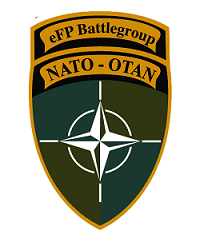
NATO's military presence in the eastern part of the Alliance is a key element of its enhanced deterrence and defence posture, which has been improved in recent years to reflect the new security reality in the Euro-Atlantic area.
The forward presence of allied forces is defensive, proportionate, transparent and in line with the Alliance's international commitments and obligations.
It represents an important commitment on the part of the Allies and is a tangible reminder that an attack on one NATO ally is an attack on all.
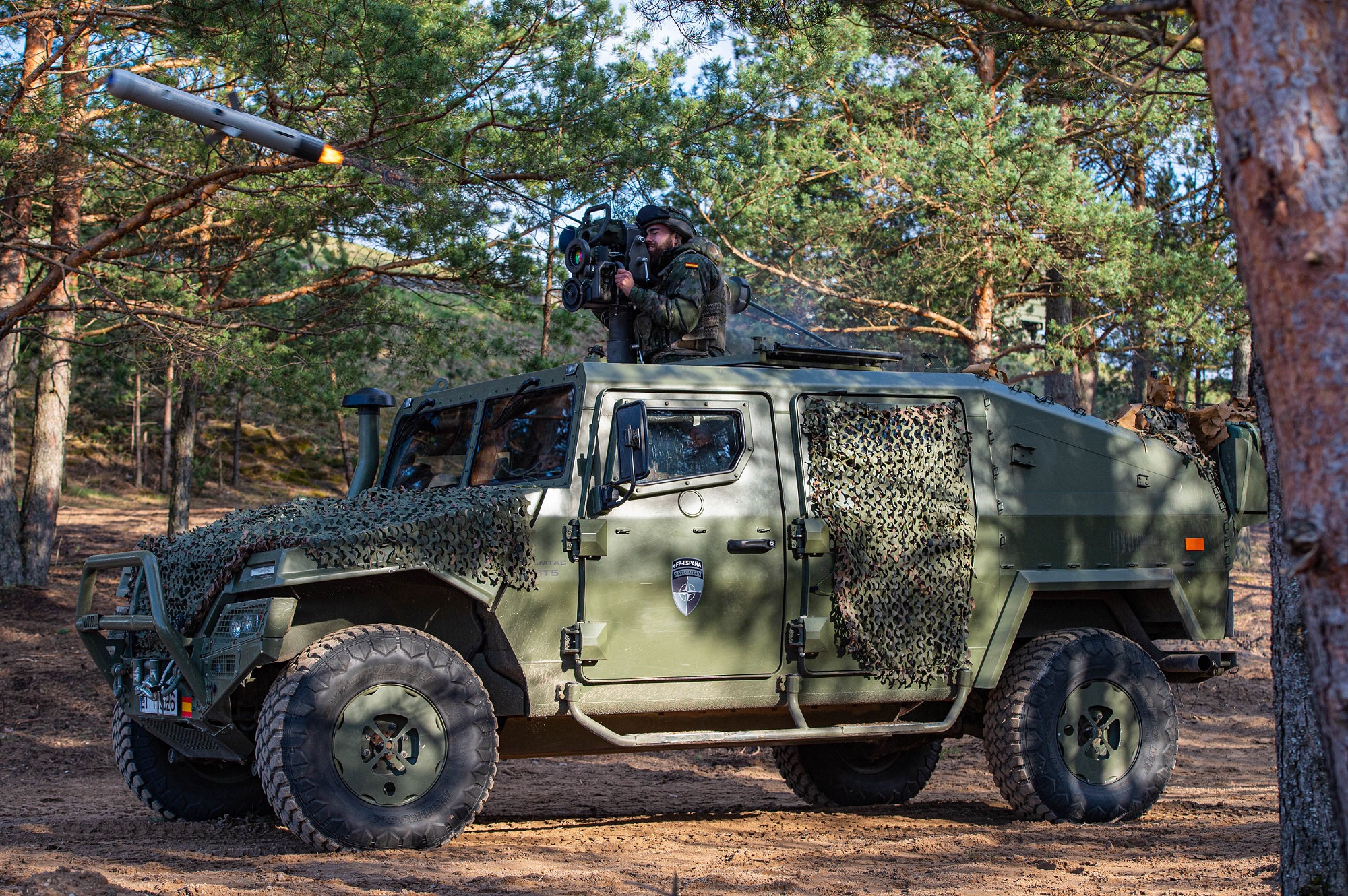
- more pre-positioned equipment and weapons arsenals;
- more forward deployed capabilities, including integrated air and missile defence systems;
- strengthened command and control;
- enhanced regional defence planning, with specific forces pre-assigned to the defence of specific allies.
NATO, and thus Spain as an ally, has increased its military presence in the eastern part of the Alliance as a direct consequence of Russia's behaviour, which reflects a pattern of aggressive actions against its neighbours and the wider transatlantic community.
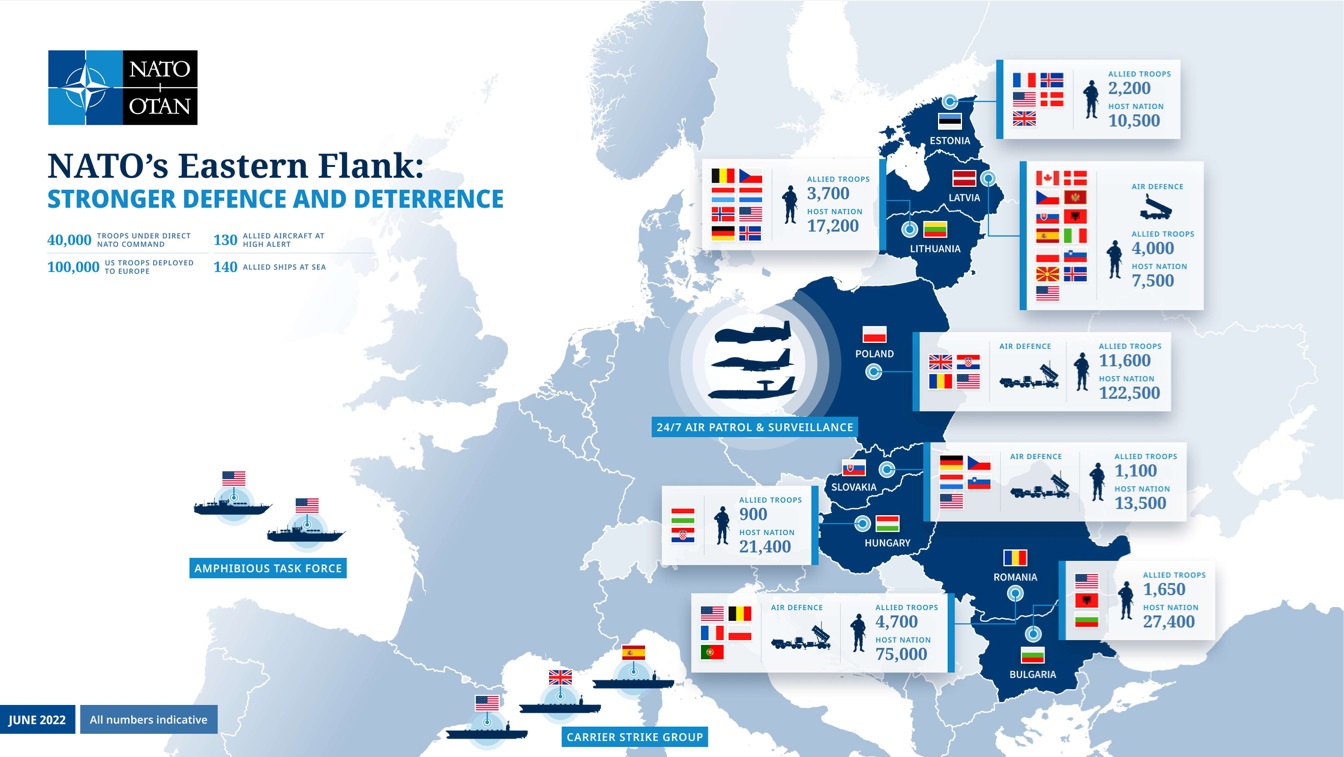
- Host country: Bulgaria
Framework country: Italy
Contributing nations: Albania, Greece, Montenegro, Northern Macedonia, Turkey, USA
- Host nation: Estonia
Framework nation: United Kingdom
Contributing nations: France and Iceland
- Host nation: Hungary
Framework nation: Hungary
Contributing countries: Croatia, Italy, Turkey and the United States
- Host nation: Latvia
Framework nation: Canada
Contributing nations: Albania, Iceland, Italy, Montenegro, Northern Macedonia, Poland, Slovakia, Slovenia, Spain, Iceland, Italy, Montenegro and Poland
- Host nation: Lithuania
Framework nation: Germany
Contributing nations: Belgium, Czech Republic, Luxembourg, the Netherlands, Norway and the USA
- Host nation: Poland
Framework nation: United States
Contributing nations: Croatia, Romania, United Kingdom
- Host nation: Romania
Framework nation: France
Contributing nations: Belgium, Luxembourg, North Macedonia, Poland, Portugal, and the USA
- Host nation: Slovakia
Framework nation: Czech Republic
Contributing nations: Germany and Slovenia (Spain will lead this multinational battlegroup from July 2024).
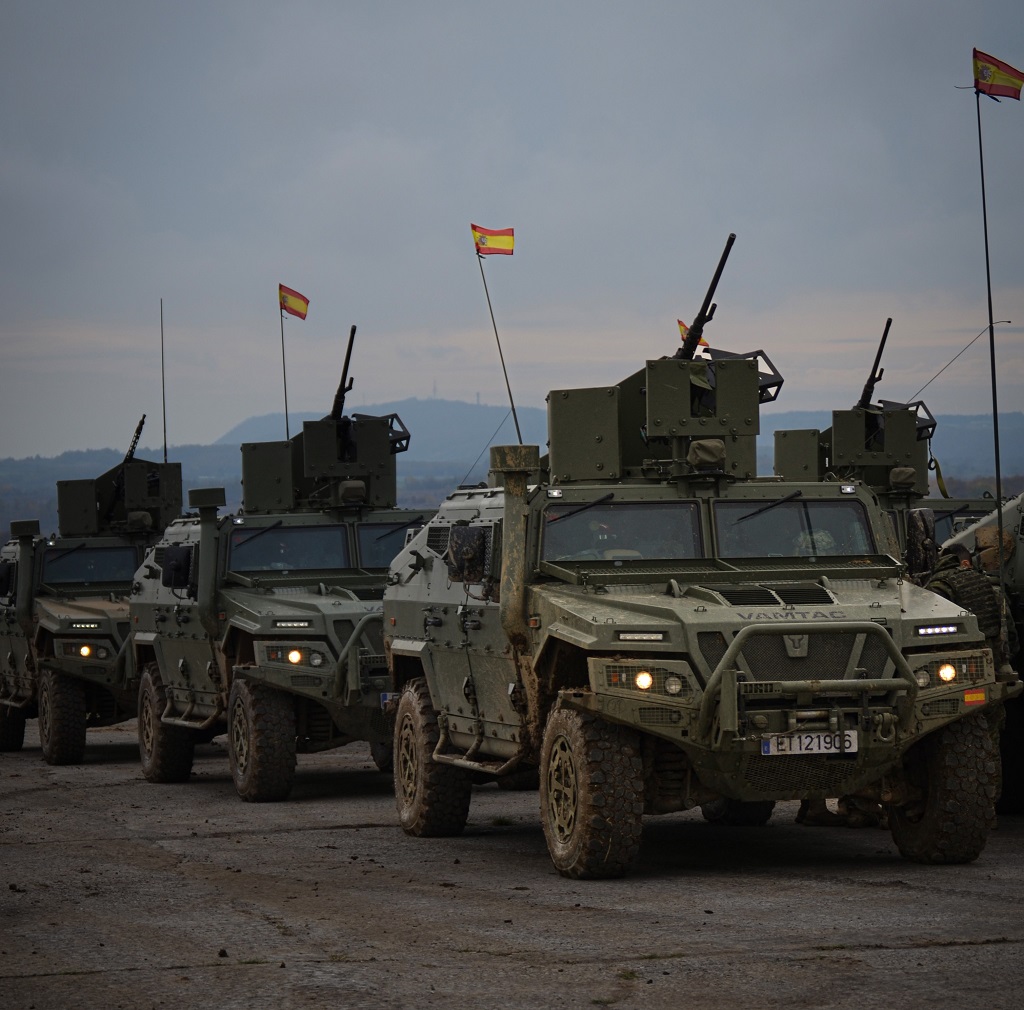
SPAIN BEGINS DEPLOYMENT OF THE GROUND FORCES THAT WILL MAKE UP THE BATTLEGROUP OF THE NATO MISSION IN SLOVAKIA
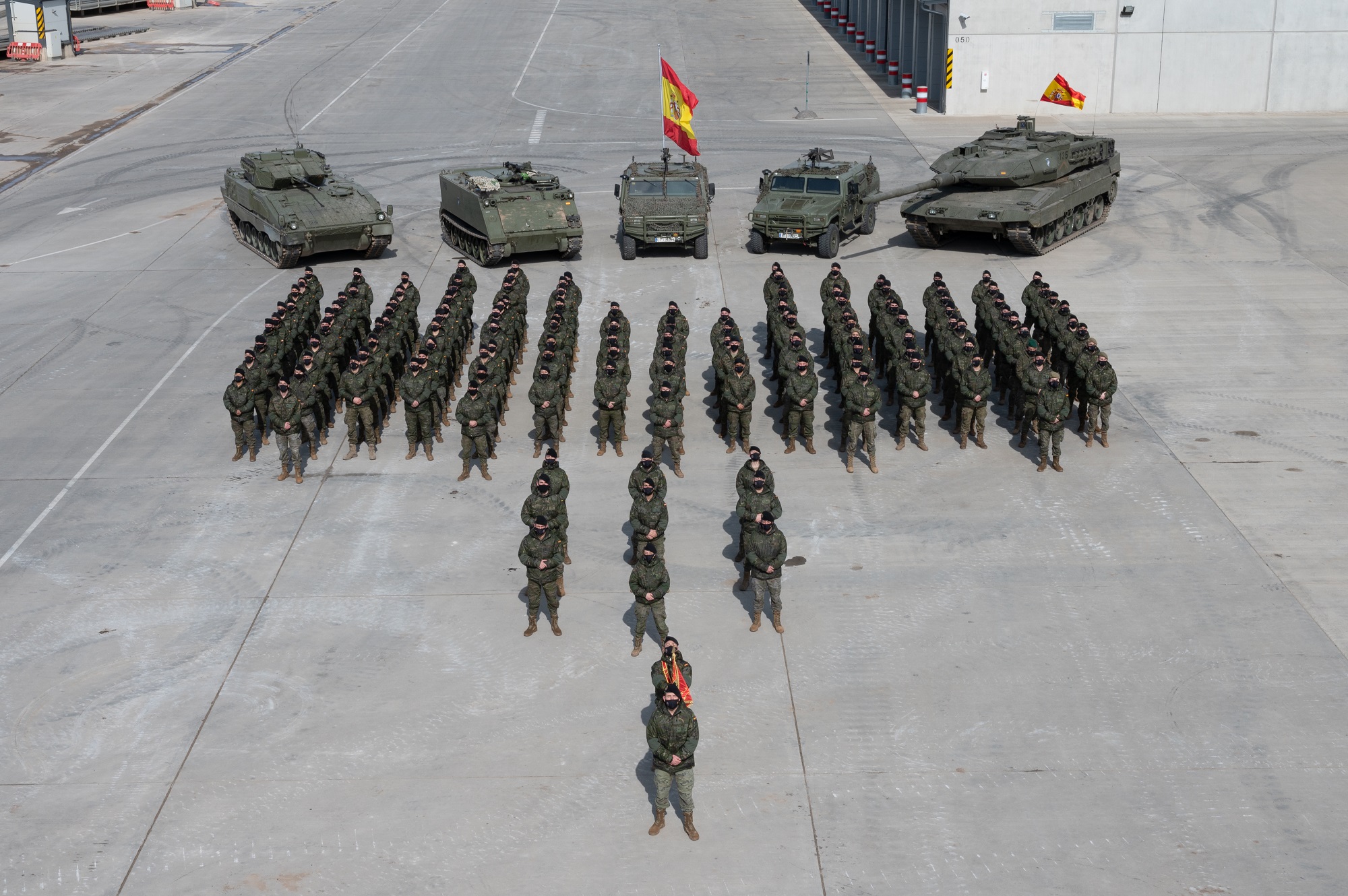
Spain's contribution to NATO's Battlegroup in Latvia is made up of a Mechanised Tactical Subgroup, a Sapper Unit, various positions within the Battlegroup Staff and the Latvian Brigade, and a national support element, which includes the Logistics Unit.
The number of military personnel deployed in Latvia is around 600. Due to the situation created by the Russian invasion of Ukraine, Spain has decided to reinforce the contingent deployed in Latvia with an additional 250 troops.
SPANISH DEPLOYMENT WITHIN THE EFP BATTLEGROUP LATVIA
Letonia: Enhanced Forward PresenceYoutube video eFP Latvia: Ex. 'Wolverine Strike'Youtube video eFP Latvia: Exercise on extreme cold weather conditionsYoutube video eFP Latvia: Group 'Pelayo'Youtube video eFP Latvia: Ex. 'Furious Axe'Youtube video
2024
- January 20th. Deployment of personnel and capabilities of the multinational Battlegroup that will lead Spain from the second half of the year begins.
2023
- December 13th. The 'Aragón' I Brigade relieves the 'Guadarrama' XII Brigade. Start of eFP XIV.
- July 21st. Relief of the contingent deployed in the NASAMS Unit in eFP XIII.
- June 27th. The contingent is relieved. eFP XIII takes over the mission.
- January 13th. Handover/Takeover (HOTO) of the Spanish contingent take place. eFP XII strarts its mission.
2022
- July 20th. Handover/Takeover (HOTO) of the Spanish contingent take place. eFP XI strarts its mission.
- March 8th. Spain´s Prime Minister visits Spanish troops deployed to Lavia.
- January 17th. Handover/Takeover (HOTO) of the Spanish contingent take place. Lieutenant Colonel Fernando Fuentesal García is the commander of the eFP X.
2021
- October 11th to 23rd. A Spanish tactical subgroup take part in 'Iron Wolf' in Lithuania.
- September 20th to 27th A Spanish sapper platoon teake part in exercise 'Eager Leopard' in Lithuania.
- September 6th to 16th. Spanish troops integrated within the 'letonia' Battlegroup take part in exercise 'Silver Arrow'.
- July 14th. The XI 'Extremadura' Brigade (eFP IX) took over from the I 'Aragón' Brigade.
- July 8th. Spain's Prime Minister visits Spanish troops deployed in Latvia.
- June 10th. ESP CHOD visits Spanish troops deployed in Latvia.
- June 9th. eFP 'Latvia' Multinational Battalion concludes live fire exercise 'Crossbow'.
- May 31st. eFP Multinational Battalion concludes exercise 'Summer Shield'.
- April 9th. The minister for Foreign Affairs visits Spanish troops deployed in Latvia.
- March 8th. Spanish troops take part in exercise 'Wolverine Strike' to test the defence capabilities of the multinational Battalion.
- March 1st. Excercise 'ALERTEX' is conducted to test the multinational battalion's response capabilities to an aggression on Latvia.
- February 15th-19th Spanish troops deployed in Latvia take part in exercise 'Wolverine Forger'.
- January 14th. The seventh rotation made up from Brigade ‘Aragón’ I (eFP VIII) begins its tour of duty. The head of the Spanish contingent is LtCol. Luis María Galvache Rodríguez.
2020
- July 14th. Sixth handover/takeover (HOTO) in Adazi. 12th Brigade ‘Guadarrama’ (eFP VII) starts its mission.
- January 16th: Fifth HOTO of the Spanish contingent takes place. 10th Brigade ‘Guzman el Bueno’ starts its mission. The commander is Lieutenant Colonel Emilio Hermoso Orzáez.
2019
- July 12th. HOTO of the Spanish contingent is conducted. It is the second time that the 11th Brigade ‘Extremadura’ is deployed in Latvia. Lieutenant Colonel Fernando Ávila Muñoz is the commander of the deployment.
- January 15th.Relief of Spanish contingent takes place. Lieutenant Coronel Luis Manuel Benéitez Martínez commands eFP IV, composed of personnel from the I Brigade “Aragón” and from the 41st Logistic Support Group (AALOG in Spanish).
2018
- August 20th. The Battle Group takes part in the 18th Latvian Armed Forces military exercise NAMEJS.
- July 18th.HOTO between Spanish contingents takes place. eFP III is composed of personnel from the 12th Brigade ‘Guadarrama’, from the 21st Logistic Support Group (AALOG in Spanish), from the Field Artillery Command and from the 21st Signals Regiment.
- January 15th.HOTO between Spanish contingents is performed. eFP II is composed of personnel from the 10th Brigade ‘Guzman el Bueno’ and from the 41st Logistic Support Group (AALOG in Spanish).
2017
- November 19th. The Spanish contingent deployed at Adazi participates in the parade that commemorates the Latvian National Holiday.
- June 19th: a ceremony establishing the Battle Group in Latvia is held.
2016
- July 9th. During the Warsaw Summit, countries of the Alliance agree to establish Enhanced Forward Presence of defensive and dissuasive nature and with a multinational character, in Estonia, Latvia, Lithuania and Poland.
2004
- March 29th. Estonia, Latvia and Lithuania join the Atlantic Alliance.
EMAD PRESS RELEASES ON NATO'S EFP
-
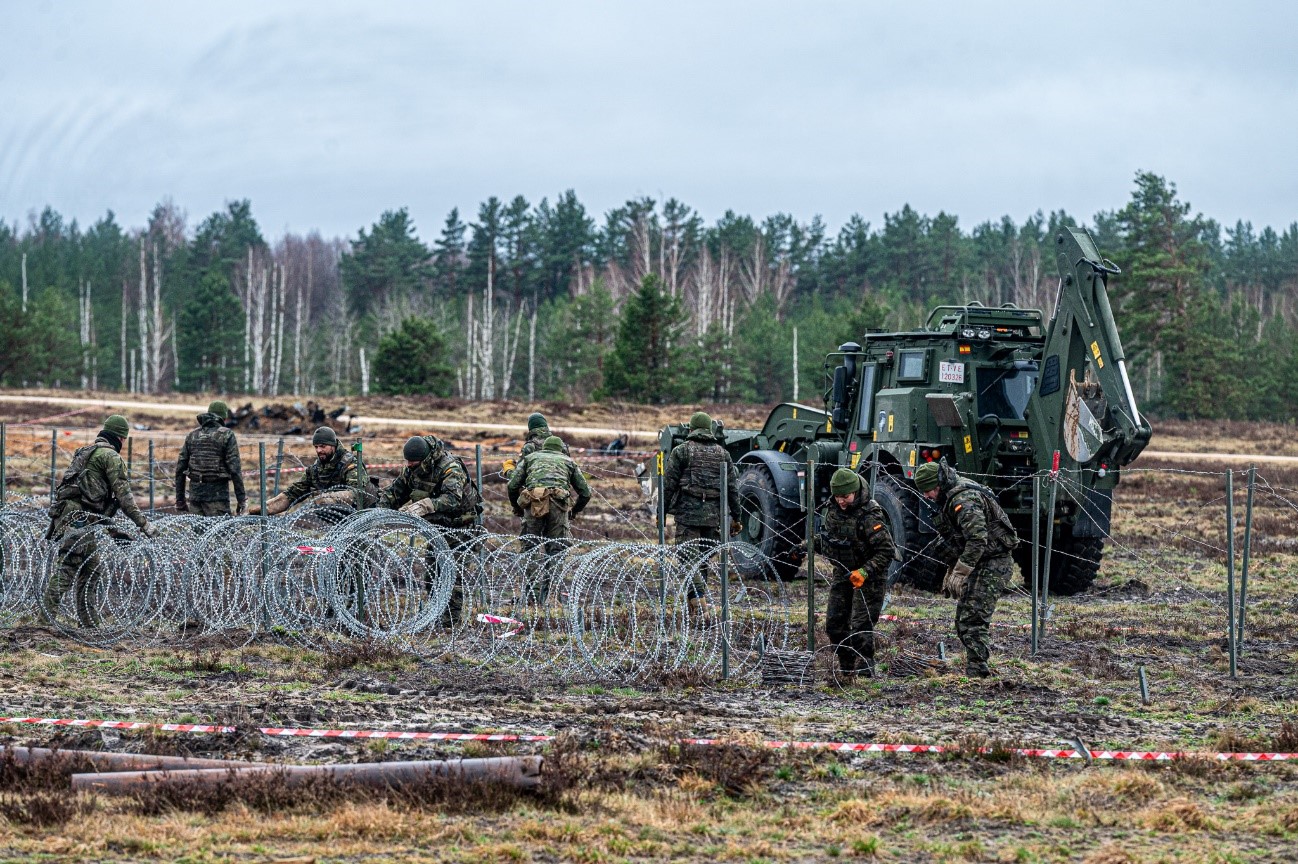
‘Efp Latvia' multinational battlegroup organises the sixth edition of 'Verboom' exercise
‘Efp Latvia' multinational battlegroup organises the sixth edition of 'Verboom' exercise
2024/04/15In Adazi, Latvia.
More information -
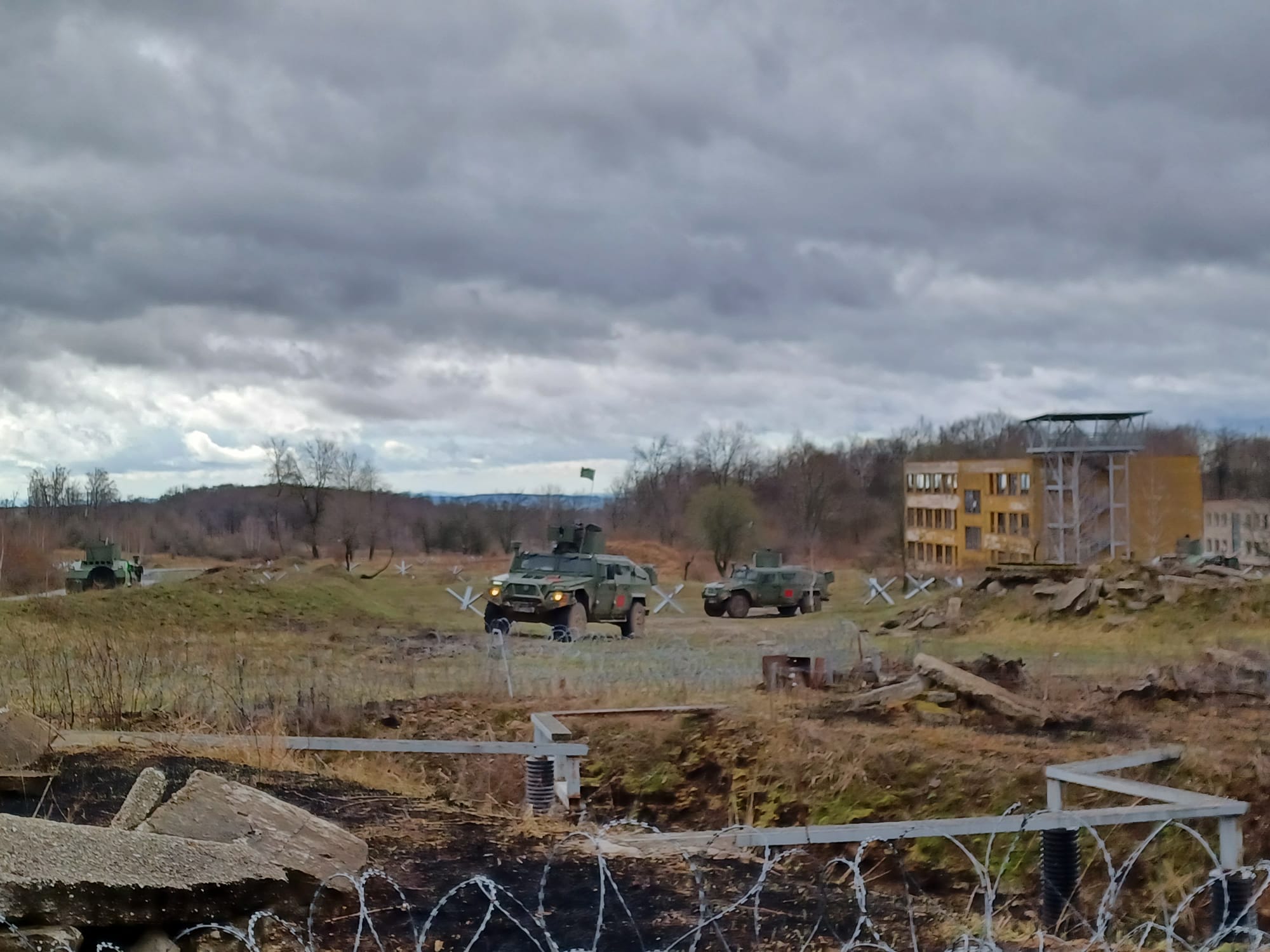
Zamora Tactical Group staff deployed to Slovakia takes part in Charging Bear 24 exercise
Zamora Tactical Group staff deployed to Slovakia takes part in Charging Bear 24 exercise
2024/03/28In Lést, Eslovaquia
More information -
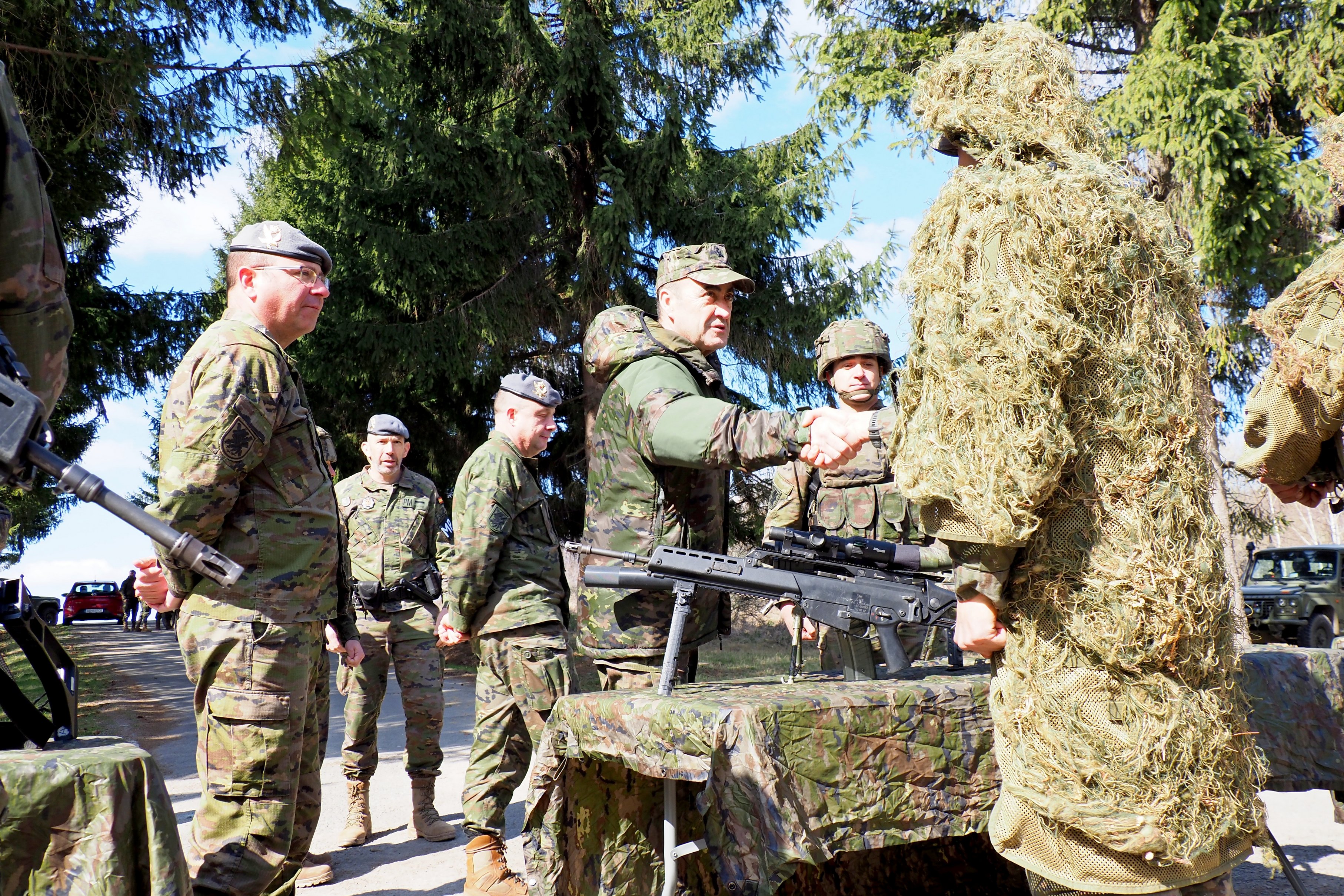
OFFICIAL VISIT OF THE CHIEF OF STAFF OF THE OPERATIONS COMMAND TO SLOVAKIA
OFFICIAL VISIT OF THE CHIEF OF STAFF OF THE OPERATIONS COMMAND TO SLOVAKIA
2024/03/20In Lešt',Slovakia
More information -
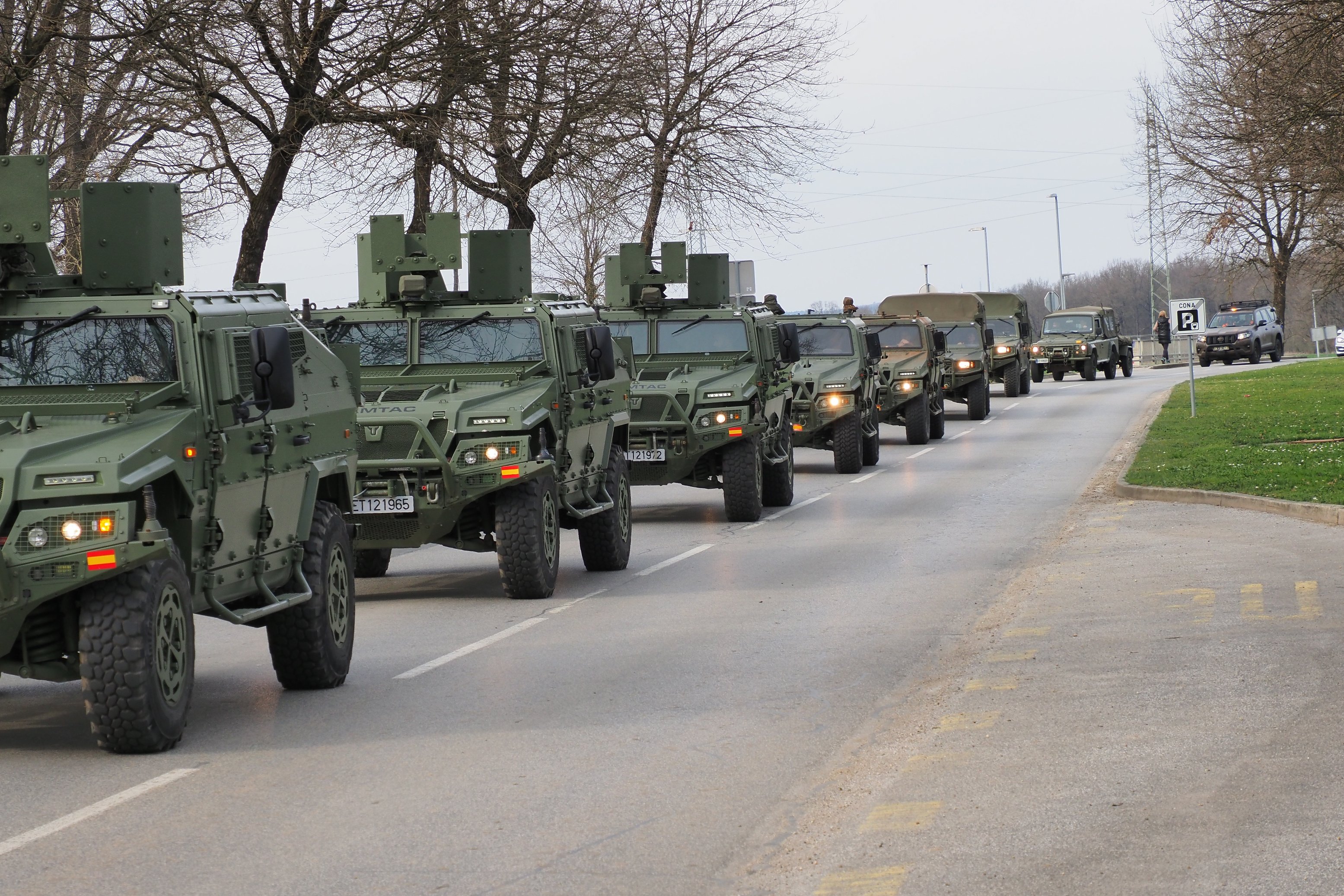
Finishes the first part of the deployment of Spanish forces in Slovakia
Finishes the first part of the deployment of Spanish forces in Slovakia
2024/03/19In Lešt’, Slovakia.
More information -
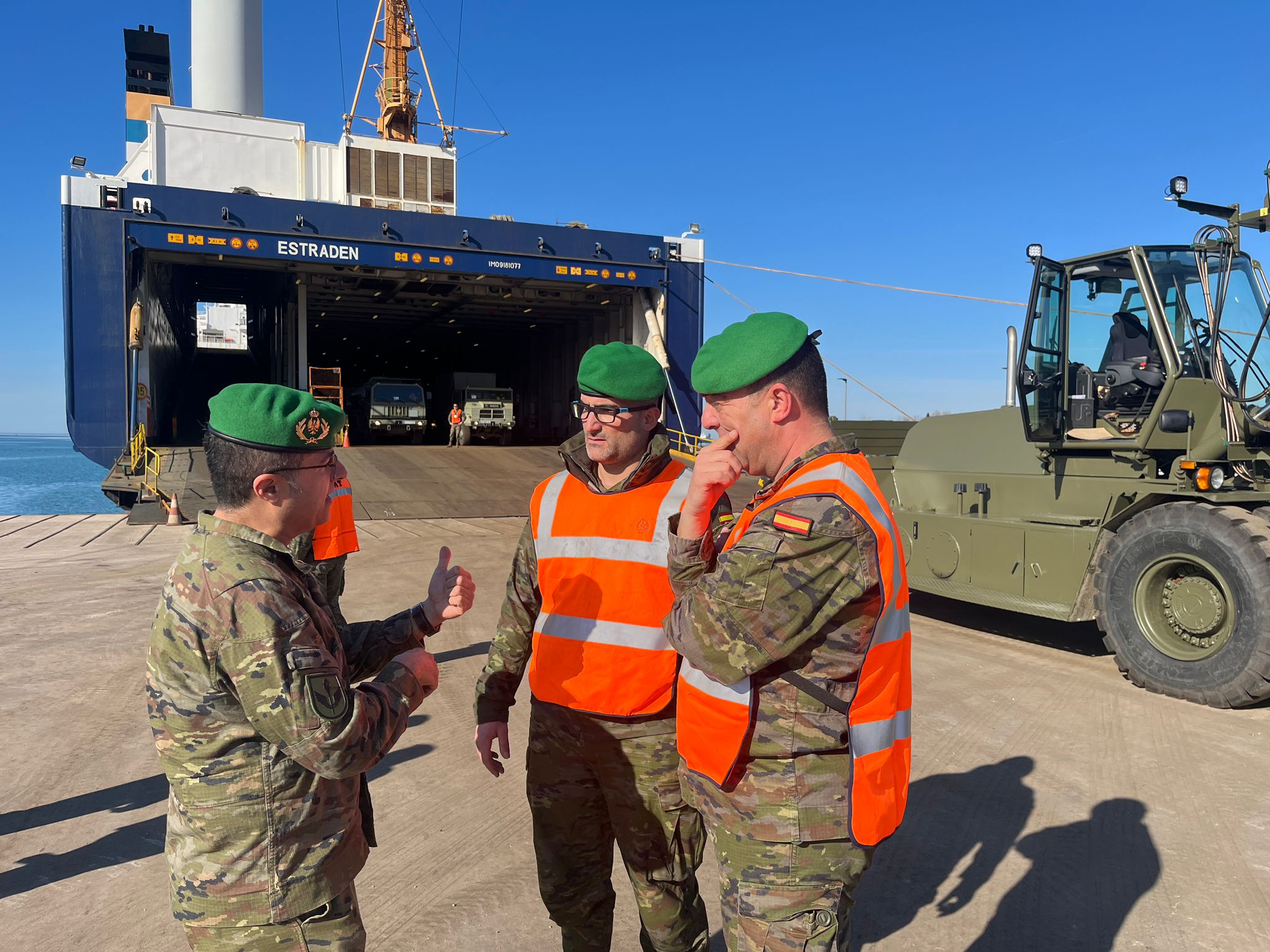
Completed the first part of the Spanish contingent's ground-based deployment in Slovakia
Completed the first part of the Spanish contingent's ground-based deployment in Slovakia
2024/02/26En Lešt’,Eslovaquia
More information

